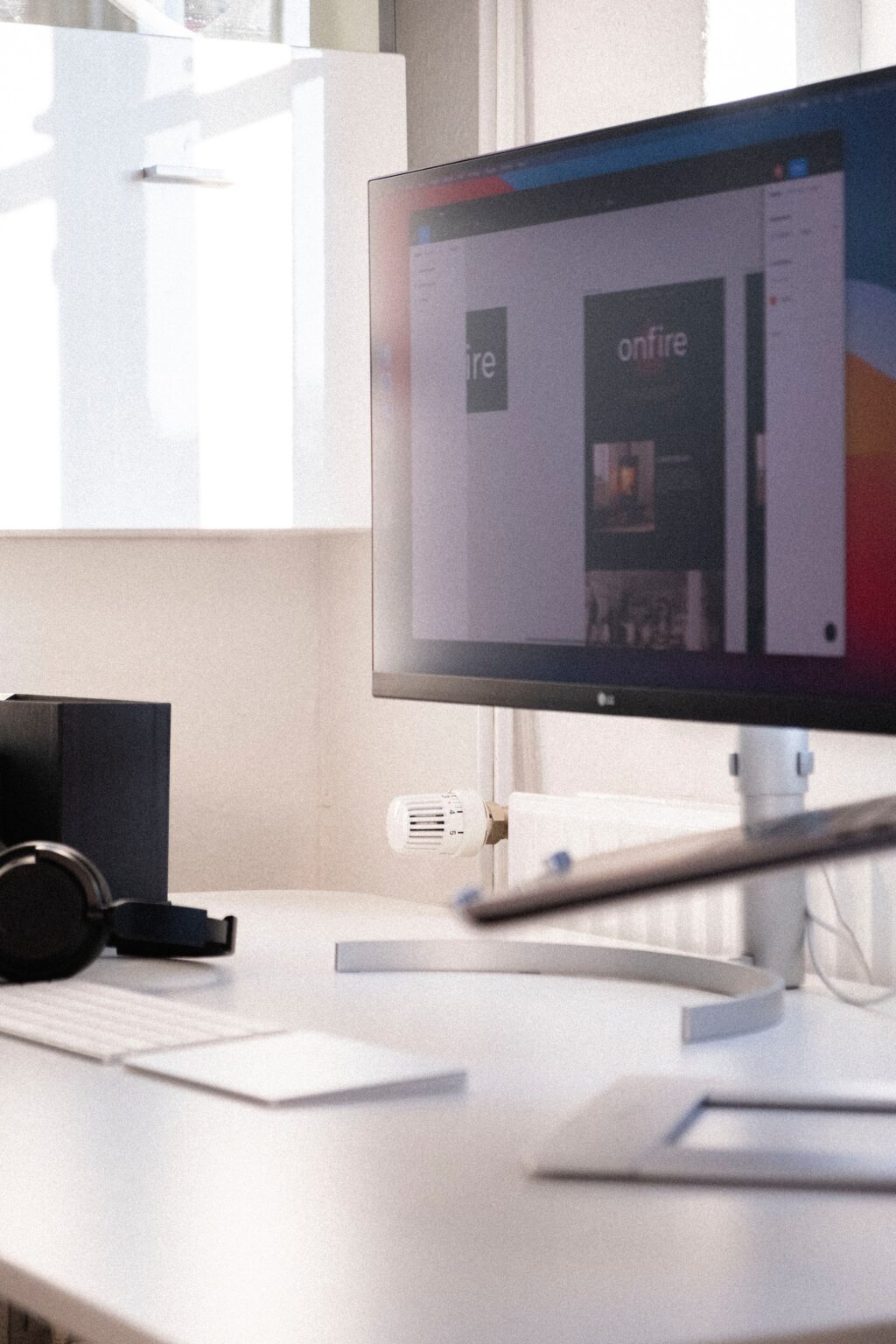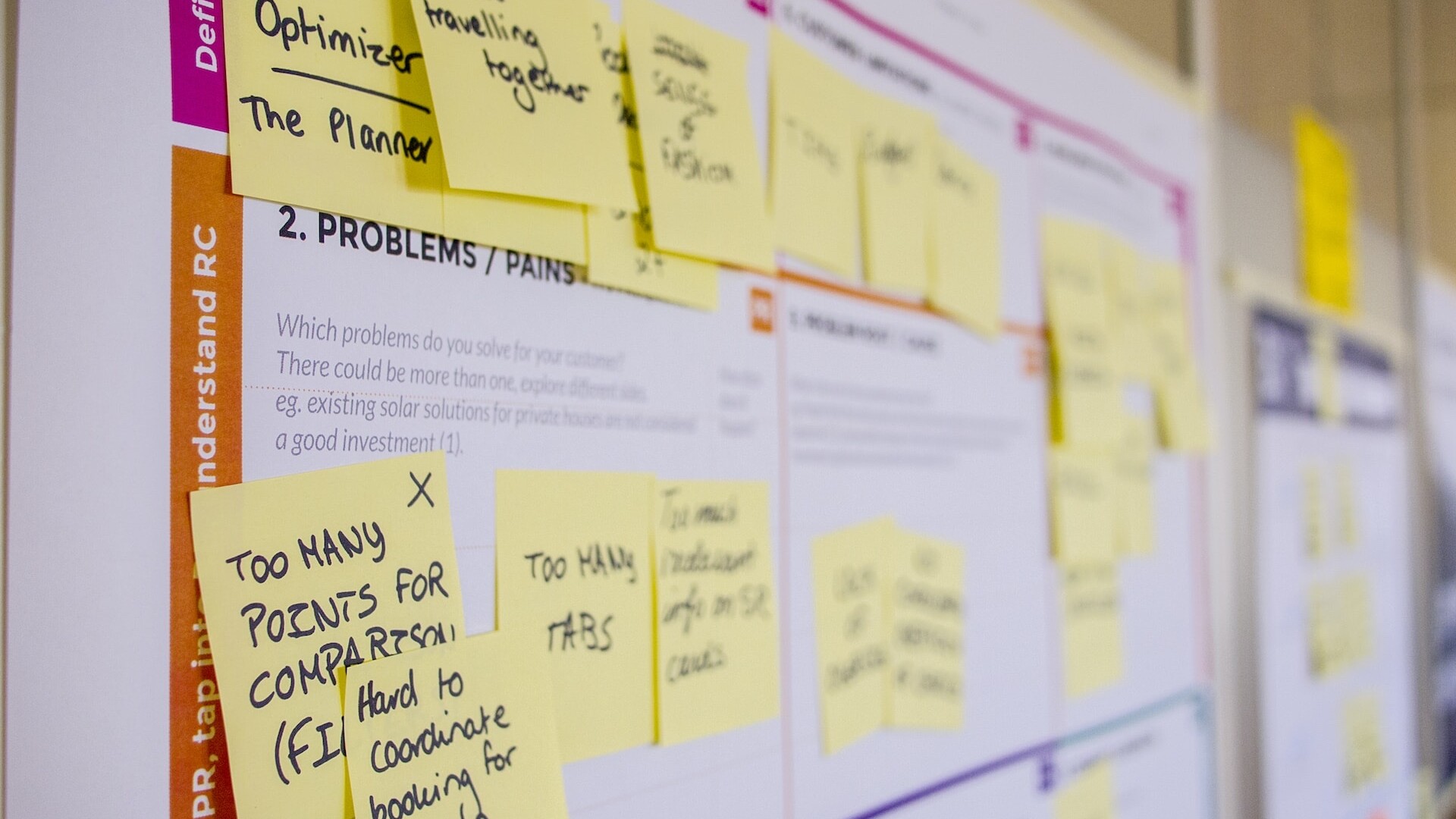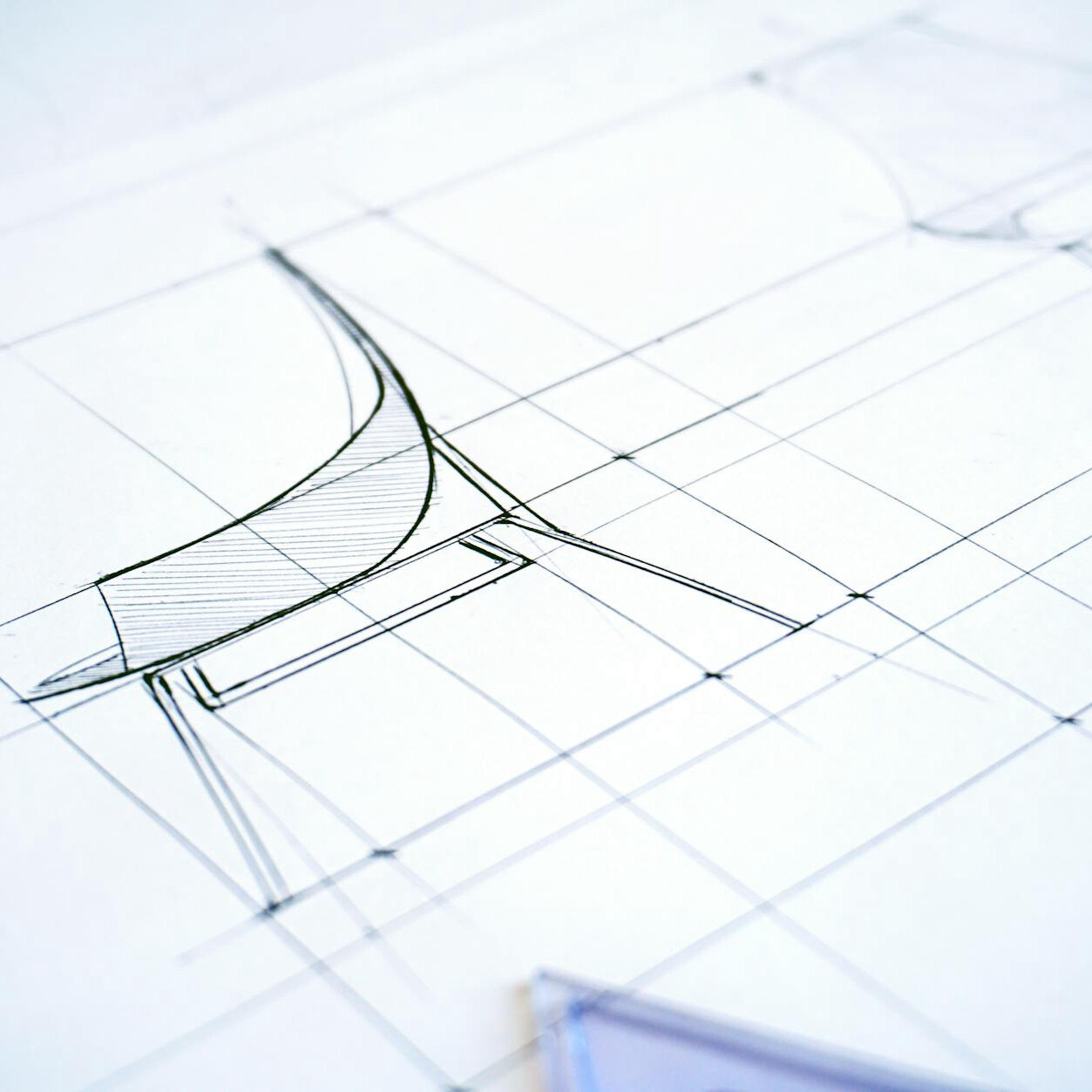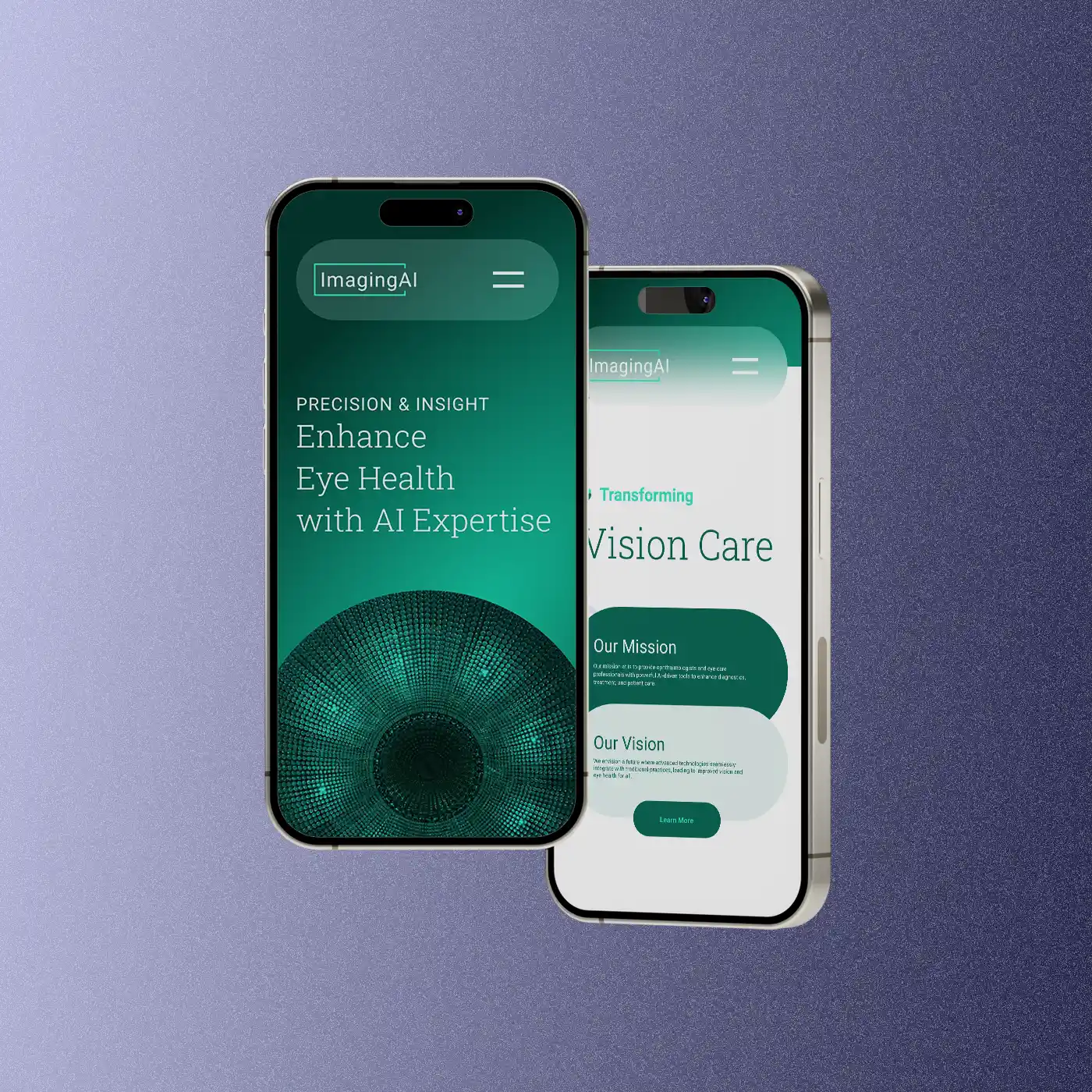UX, UI, Product, and Graphic Designer: Is There Really a Difference?
Hey there, design enthusiasts! Today, I want to share my personal journey exploring four distinct yet interconnected design roles – UX Designer, UI Designer, Product Designer, and Graphic Designer. Before diving deep into each role, let me briefly introduce myself. I’m a designer with years of experience, having worn different hats throughout my career. My experiences have taught me the ins and outs of these roles and how they contribute to creating outstanding products and experiences. So, buckle up, and let’s dive right in!

UX Designer: Crafting User Experiences
My journey began as a UX Designer. In this role, my primary focus was understanding the users and their needs, crafting intuitive and engaging experiences for them. I spent a lot of time researching, conducting interviews, and creating user personas. I was also responsible for designing wireframes, creating user flows, and performing usability tests. The goal was to make the user’s interaction with the product as seamless and enjoyable as possible.
UI Designer: Interactive Aesthetics
Next, I ventured into the world of UI Design. As a UI Designer, I was responsible for the look and feel of the products. I worked closely with the UX team to ensure that the visual elements aligned with the overall user experience. My tasks included creating style guides, designing layouts, selecting color palettes, and crafting icons. The goal was to create visually appealing interfaces that not only looked great but also supported the user’s journey through the product.
Product Designer: The Bridge Builder
As I gained experience, I found myself transitioning into a Product Designer role. In this position, I was a bridge between UX and UI design, incorporating elements from both disciplines to create cohesive, well-rounded products. I worked closely with product managers, developers, and other stakeholders to ensure that the product met both user and business needs. My responsibilities included ideation, prototyping, user testing, and iteration. The ultimate goal was to create a product that provided an exceptional user experience and met strategic business objectives.
Graphic Designer: Communicating Through Visuals
Lastly, I explored the realm of Graphic Design. In this role, I focused on creating visual content to communicate ideas and messages effectively. Graphic design encompasses a wide range of mediums, from print to digital, and my tasks included designing logos, brochures, posters, social media graphics, and more. The goal was to create compelling visuals that captured the essence of a brand or message and resonated with the target audience.
Similarities in Problem Solving
Though these roles may seem quite distinct, there is a common thread that runs through them – problem-solving. Whether it’s addressing user pain points as a UX Designer, creating visually striking interfaces as a UI Designer, developing a holistic product as a Product Designer, or crafting effective visual communication as a Graphic Designer, each role requires a unique approach to tackling challenges. The iterative design process and the ability to empathize with users are vital in solving problems across these disciplines.
Different Mediums
Another aspect that differentiates these roles is the medium through which they communicate. While UX and UI Designers focus on creating experiences through digital interfaces, Graphic Designers often work with both print and digital mediums. Product Designers, on the other hand, need to consider the whole product ecosystem, in it’s context, including not just the digital interface but also any physical components and interactions that users might have with the product.
In conclusion, each design role brings its unique set of skills and responsibilities to the table, yet they share a common foundation in problem-solving and creative thinking. As a designer or aspiring designer, don’t be afraid to explore different areas and broaden your skill set. You never know where your journey might take you!
Next Item
Creating User-Centered Websites

Related Articles
The Importance of Grids in Design
July 12, 2024
Design Systems and AI Technology
April 9, 2024


